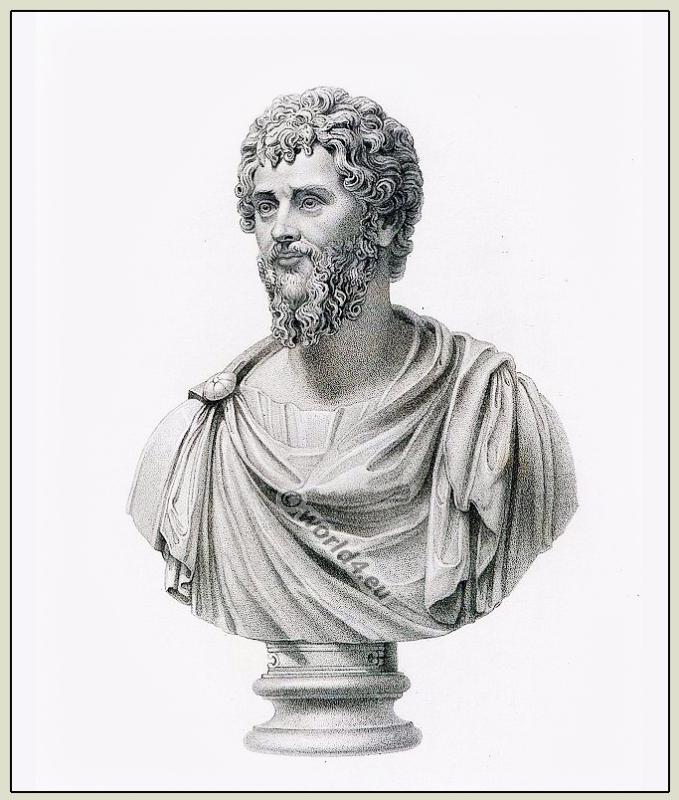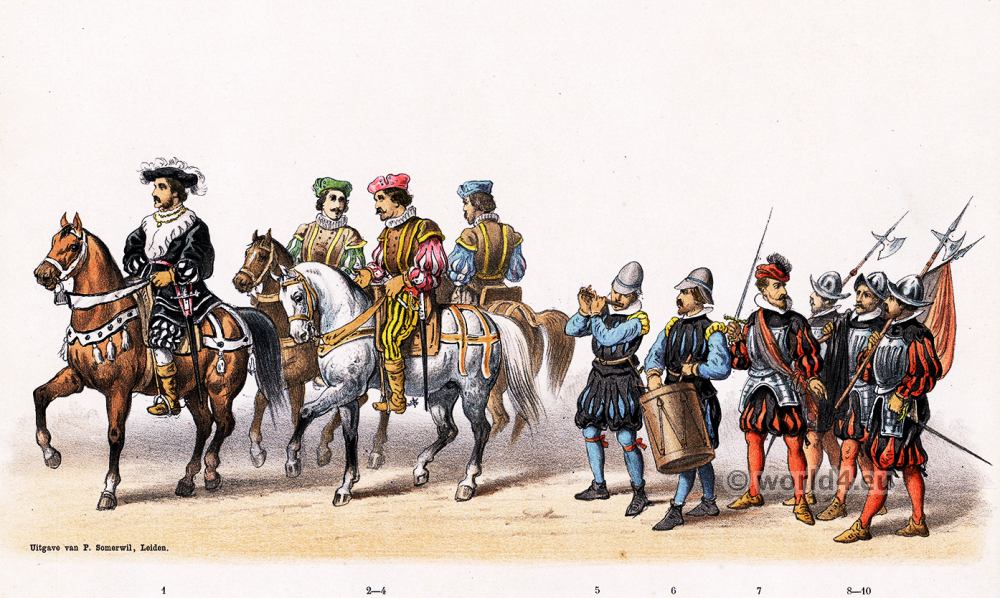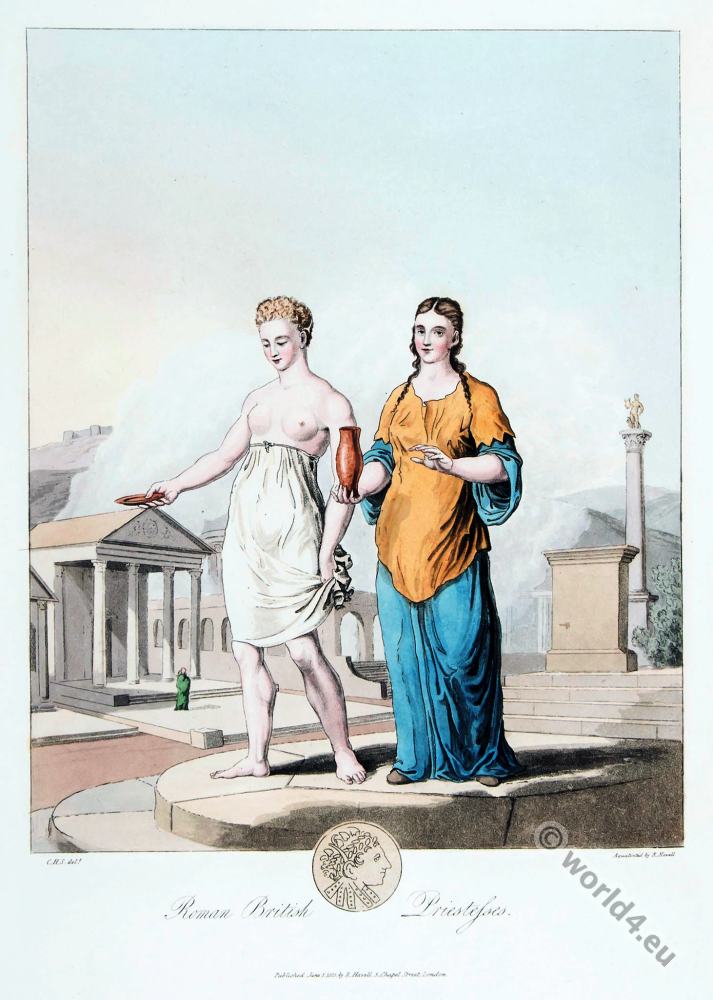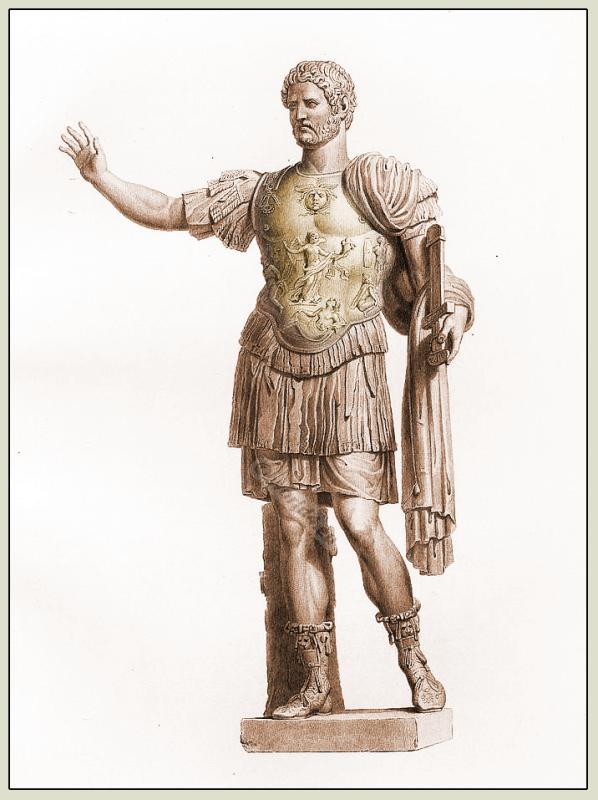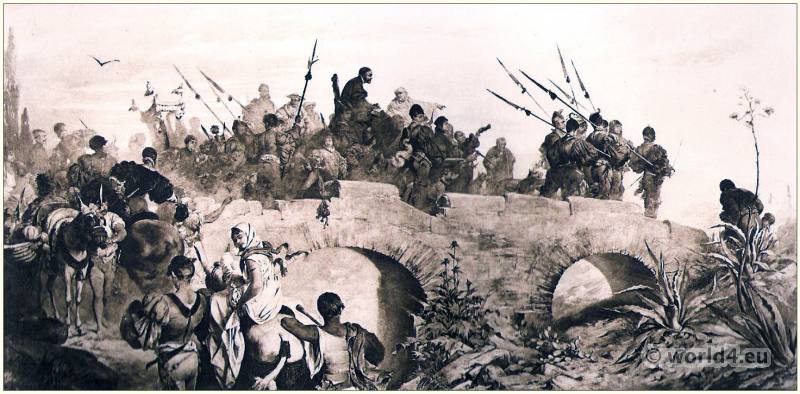Roman emperor Septimus Severus (146 – 211).
A Bust of the Emperor Lucius Septimius Severus clothed in the paludamentum, which is fastened upon the right shoulder by a circular fibula. The correctness of the appropriation is established by a comparison with his coins, and with other busts which have been tested and authenticated by the same satisfactory guides.
Heads of this Emperor are not uncommon, few Museums are without one or more specimens, and his portrait is therefore so far familiar to most persons, that there is seldom any difficulty in recognizing it. One of those in the Capitoline Museum seems to resemble the one now under consideration; and one in the Mattei collection, which seems to be its exact counterpart, is pronounced by Venuti, the describer of those monuments, as the most accurate and elegant representation of the portrait of Lucius Septimius Severus.
A description of his personal appearance is given by Ælius Spartianus with which the bust under consideration sufficiently agrees. His hair curls about his head in rather crisp locks, and partly covers his forehead with a few short ringlets; his beard partakes of the same character, is rather long, and is separated into two distinct portions below the middle of the chin. The workmanship is very good, and that of the hair and beard exceedingly elaborate. Upon the whole this monument is in excellent preservation; the nose has been restored; the head has been broken off across the neck, but has been replaced upon its own bust; the drapery is deeply and skillfully wrought, but, as some parts were consequently very thin and easily damaged, some reparation has been needful, and the right shoulder, below the fibula, is modern.
Lucius Septimius Severus Pertinax was born in Africa of Roman parents (Publius Septimius Geta and Fulvia Pia); he died at York in the year 211 a. D. after a severe illness at the age of sixty-six. He founded the dynasty of the Severer family and was one of the protagonists during the Year of the Five Emperors. This bust was found in the year 1776 on the Palatine Hill, in the part of the Palace of the Cæsars now occupied by the Villa Magnani. Height, exclusive of pedestal, 2 ft. 3 in.
Source: A description of the collection of ancient Marbles in the British Museum by Combe Taylor, London 1861.
Related
Discover more from World4 Costume Culture History
Subscribe to get the latest posts sent to your email.

